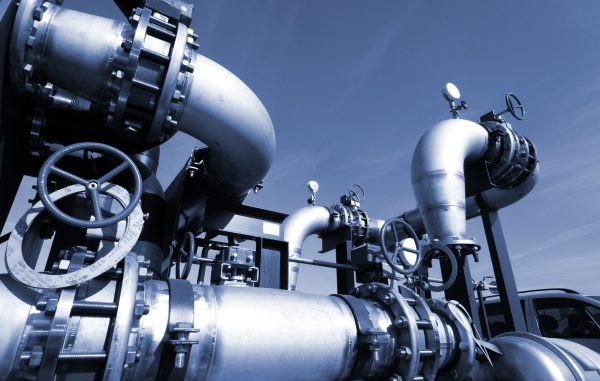
Metallurgical sector is one of the most important processing branches in Poland. The largest production centres are located within Silesian and Mazowieckie Provinces. Polish metallurgy presents itself very good against the background of the global one, because it is one of the most modern branches of this sector in Europe. Therefore, our country is at the forefront when it comes to the quality of the produced steel and limitations of emission levels.
The Polish metallurgical industry is dominated by iron and non-ferrous metals metallurgy, however most of the production is focused on steel. Development of the sector depends on many factors. One of the main factors conditioning its development is the condition of this industry branches that utilize its production. The automotive industry is one of the largest clients. Foreign investments, with the greatest share in cast-iron, steel and copper commercial exchange, are very important. Polish metallurgical industry condition is affected by trading companies – distributors. They include both, domestic product distributors and importers. Their share in the market is mostly manifested by specialised service centres and specialised completing of the supplies, which the manufacturers are not directly interested in (too significant variety of demand, small quantities and other additional requirements). One of such examples is Stalesia – a company specialized in completing the supplies of high alloy grade materials (seamless pipes, flanges, fixtures, sheets, profiles and shapes).
Year 2013 in the Polish steel industry
Year 2013 was not too profitable for the heavy industry in Europe. Overwhelming economic crisis contributed to that. When it comes to steel industry, the greatest problem is the reduction of steel production, downsizing, necessity to reduce production capacities and decrease of demand for steel products in the European Union. The recession on the market took its toll in domestic steelworks and the situation was even more deteriorated by other inconsistencies in the reinforcement steel turnover. However, since October 1, 2013, when the procedure of reversed VAT has been introduced, the situation changed.
In 2013, the production of steel was lower by 4.9% comparing to 2012 – the production reached the level 8 million tons of steel. Average utilization of the production capacities has also dropped – in 2013 it was 63% and was less by one percentage point comparing to 2012. When it comes to share of Poland in production of steel within the European Union, it did not change and amounted 5%. There were no significant changes in the structure of raw steel production according to grades. The greatest share in production concerned non-alloy steel (93.6%), the least – alloy steel (6.4%) and corrosion resistant steel (0.02%) In case of production of hot rolled steel, the drop was also noticed. In 2013 it amounted 7.4 million tons, i.e. 3.9% less comparing to 2012.
However, share of flat products in the general production of hot rolled products increases. Within this sector, one percentage point growth was noticed, mostly related to bars and strip sheets. The increase was also observed in case of cold rolled flat products, where the production of sheets and cold rolled strips was predominating. There are also optimistic forecasts concerning sales of stainless steel. Within the past two years, this sector suffered from a stagnation mostly related to unfavourable prices. However, the situation started to slowly change and this was manifested by melting almost 40 million tons of stainless steel around the world in 2013. The first months of 2014 have also brought positive changes – only within the first quarter, the value of import reached over 105 thousand tons, and export – 20 thousand tons.
Union funds are the most awaited incentive concerning the growth of the sector in Poland, which in the second half of the year should awaken the investment market. Utilization of new means may however be more difficult comparing to previous programme. Current Union perspective may accelerate not as quickly because it starts under completely different conditions that the first one. Back then, only some local centres were in debt, now there are many of them, and this may hinder implementation of another tasks. Utilization of the Union funds requires significant own expenditures and many communes took loans in order to get funds from the Union within the previous programme.
Steel sector problems
Development of the metallurgical industry in Europe is decelerated, among other things by unfavourable climatic policy of the European Union. The greatest problems are related to emission reduction objectives that are not possible to satisfy and which apply to all member states. In Poland, there are more problems than that, because our metallurgy additionally struggles with non-competitive cost of energy that mostly result from the level of taxes and pseudo-taxes imposed on it. The prices of energy represent hazards because they have major impact on competitiveness. Legal regulations concerning trade are also not beneficial for the steel industry. This is mostly related to using price as the sole criterion within tender procedure, which fact limits competitiveness of companies that guarantee the highest quality of products and satisfaction of the highest quality standards.
These limitations are especially vital in case of specialist products. Advanced rolling technologies, guaranteeing stability of alloys and the performed quality tests often raise the production costs by even 30% comparing to cheaper products from outside Europe.















